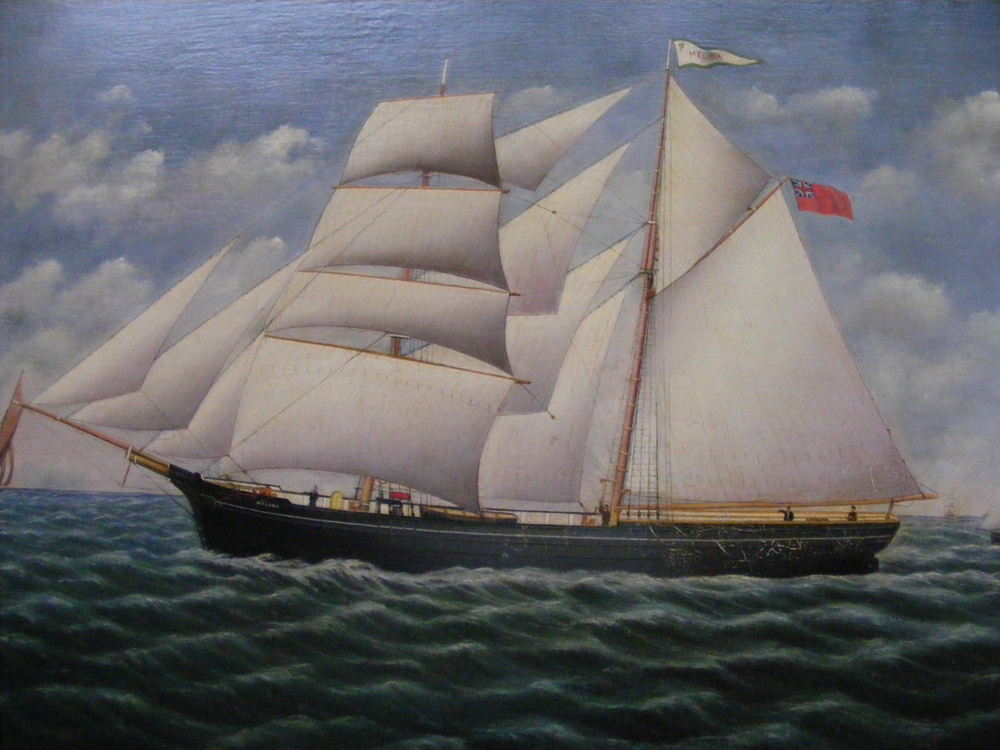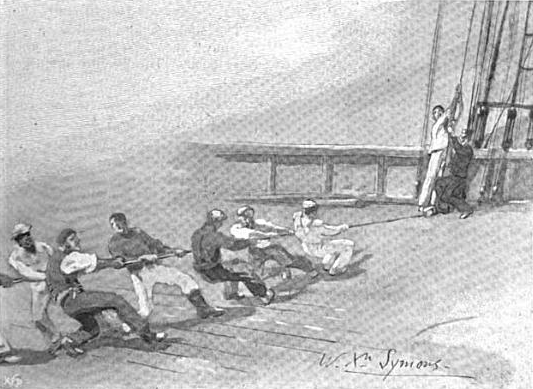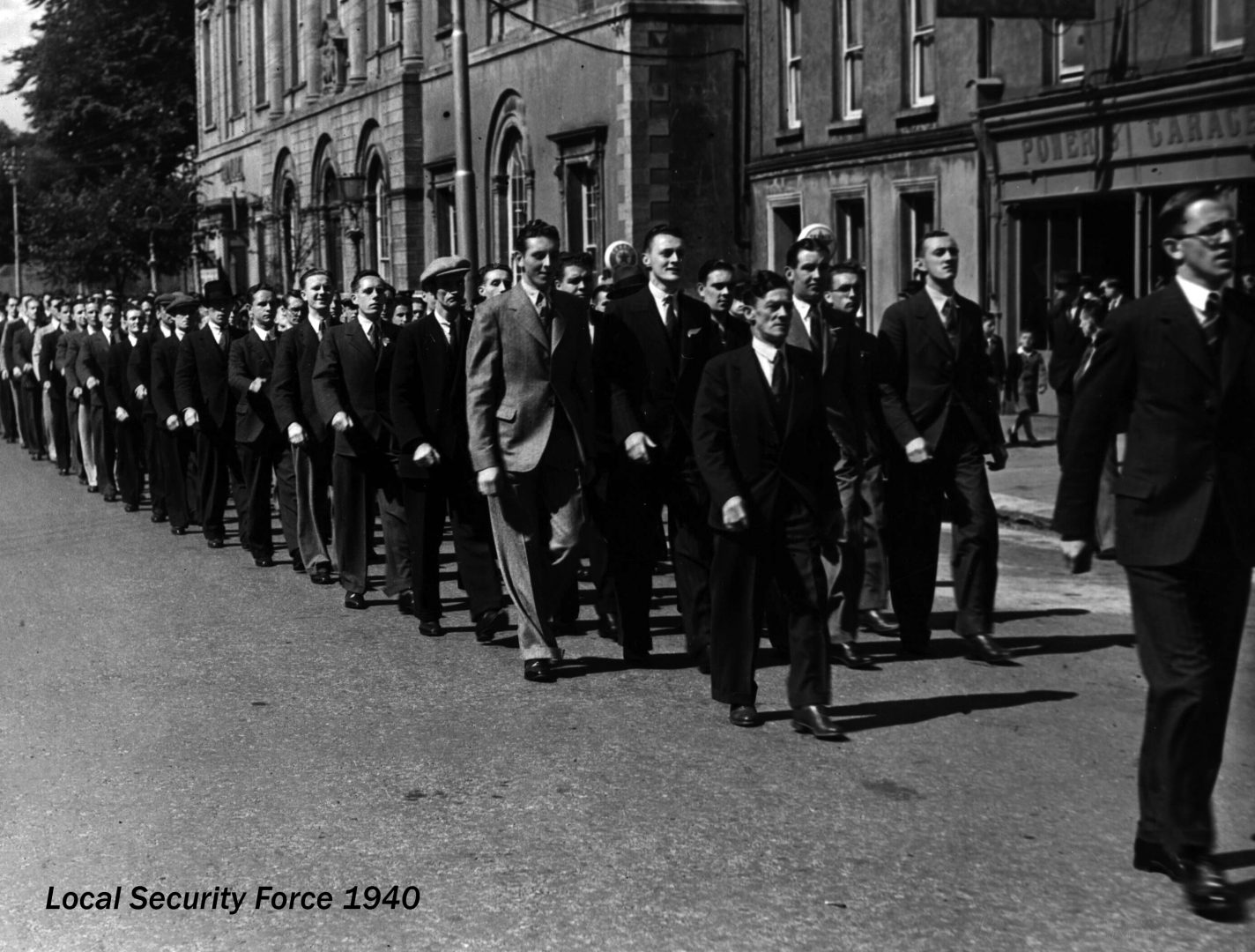
We’re back! After a hiatus that turned out much longer than intended. Three lockdowns later and we’ve all been busy in the museum making sure that we have loads of exciting experiences to offer when we open our doors again, but for now we had better return to the safety of the world behind our screens. To that end, today we’re going to look at an unusual and unlikely champion of the third lockdown: the humble sea shanty.
Anybody that has been online in the last few months has almost certainly noticed the recent uptick in popularity for sea shanties – especially if you happen to have caught a Tik Tok or two. So what’s the deal? Where do sea shanties come from? What were they used for? and why are these centuries’ old songs suddenly so popular now?

Sea shanties have been around for longer than we know, but they grew hugely in popularity during the late eighteenth and early nineteenth centuries. Originally they were songs meant to aid the work on ships, but today they’re more of a callback to the aesthetic of historic seafarers that feeds into modern daydreams and cinema.
In many ways there is little difference between sea shanties or traditional marching songs used to help soldiers keep step while they marched and create a sense of unity. On a ship, it’s important that several duties are performed in tandem with each other and so what we now refer to as sea shanties developed. They were essentially designed to create a sense of teamwork and comeraderie among the crew.

One leader, known as the shantyman, would lead the others in song, singing changeable and improvisable verses while the others joined in on the chorus. This meant that all within earshot were working at the same rhythm and had their minds focused on their work, while the improvised lyrics created an atmosphere of fun. Shantymen, especially talented shantymen, were a valuable asset to any crew as they kept spirits up on long or difficult voyages.
There are a number of different types of shanty depending on the action the crew were performing so that the rhythm best suited the task at hand. One famous example, Santianna, was a type of heaving shanty or capstan shanty used while raising the anchor around the central winch or capstan. Capstan shanties were often the traditional call and response type as they were for a continuous action. Santianna is also a good example of a topical sea shanty as it emerged in the 1850s and was named for Mexican General Antonio López de Santa Anna.
The oldest known shanty dates to 1549, though we don’t know how exactly it would have been sung. It’s a hauling chant for sailors included in the sixteenth-century volume The Complaynt of Scotland. Though it is probably pretty certain that they existed long before this and were kept among sailors as they changed ships and ports, swapped and shared as a sort of oral history now lost to us.

Probably the best known sea shanty in existence today is the Drunken Sailor, now easily one of the most often associated songs with pirates and sailors. The song dates to some time before 1839 when it was first published. The song may well have some Irish origins as the tune to which it is sung is based on an Irish folk song Óró, sé do bheatha ‘bhaile – which can be vaguely translated as Oh, Welcome Home (one early reference we have for this is from Carrick on Suir in 1884 where an elderly gentleman stated that it was used to welcome newlywed couples home for the first time, but as it gives mention to Bonny Prince Charlie it may well have been used earlier in the eighteenth century as a Jacobite song).
So why are they popular now? Why is a remix of a song written some time before 1850 currently appearing in music charts around the world? Well one Tumblr user put it sort of perfectly when they suggested that in fact their popularity makes total sense for this moment in history. These are working songs, rhythmic poetry set to music that talk about love and loss and hope, and most importantly: ” [t]hey are unifying, survivalist songs, designed to transform a huge group of people into one collective body, all working together to keep the ship afloat.” Well if that doesn’t say it all.
Stay safe out there guys, maybe enjoy a sea shanty or two, better times are ahead.


